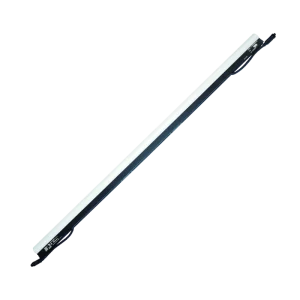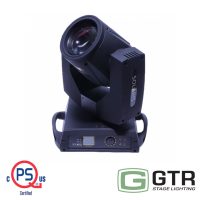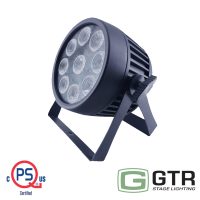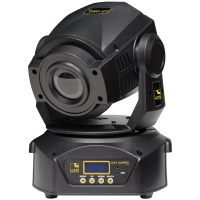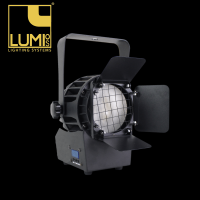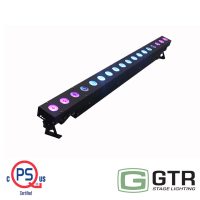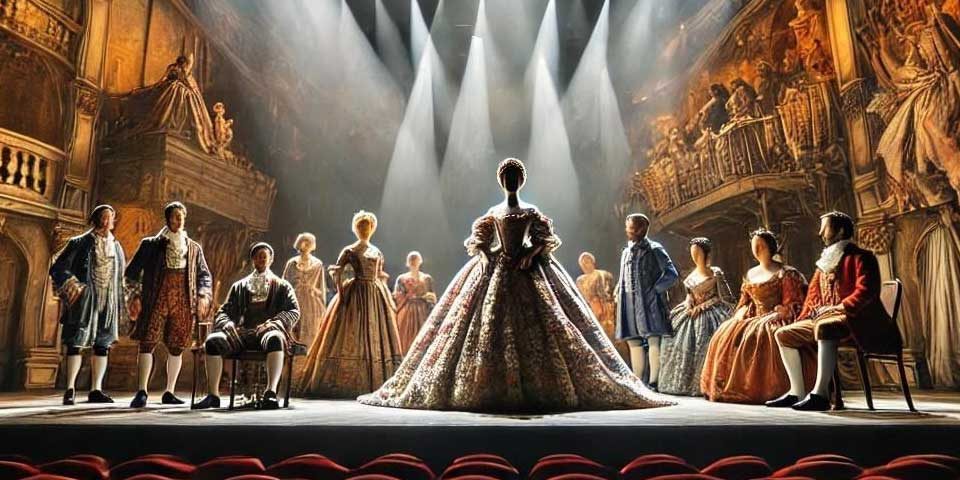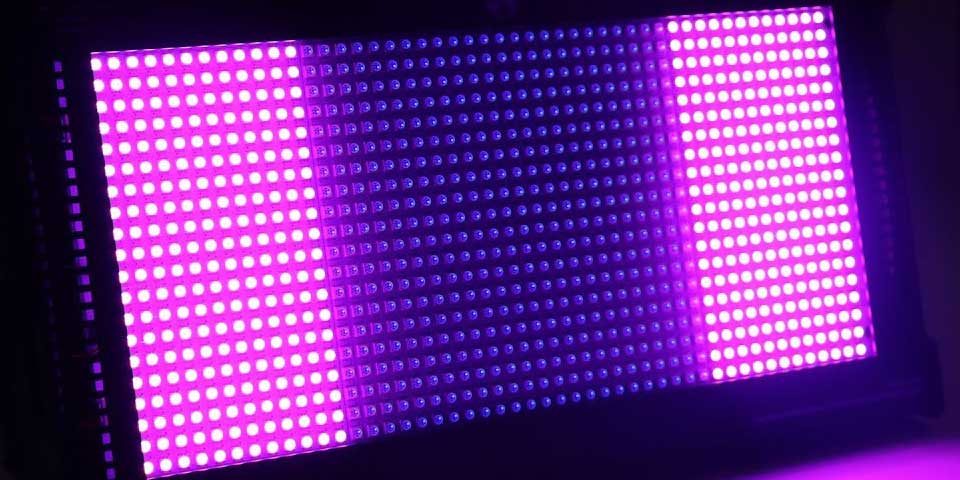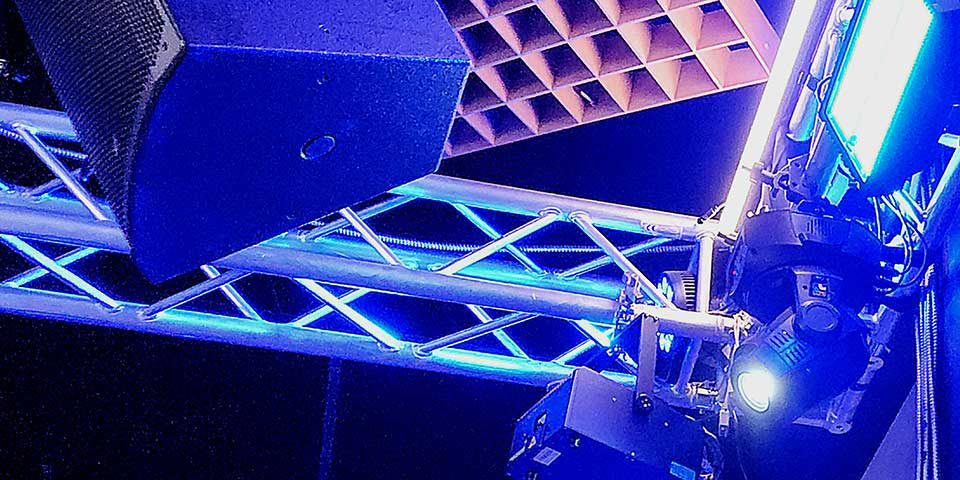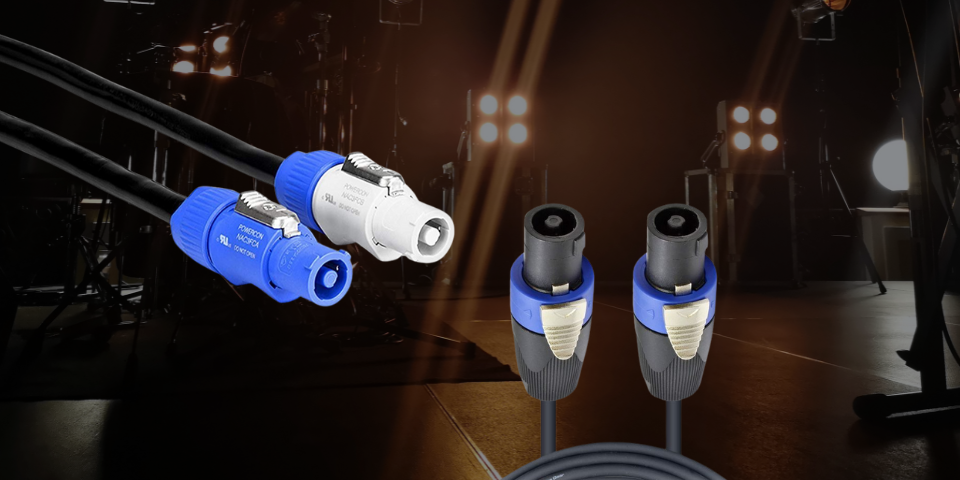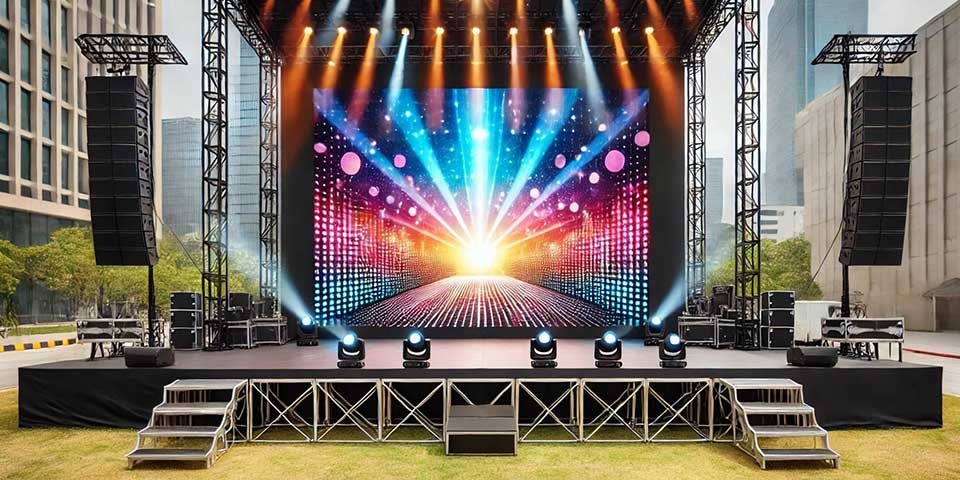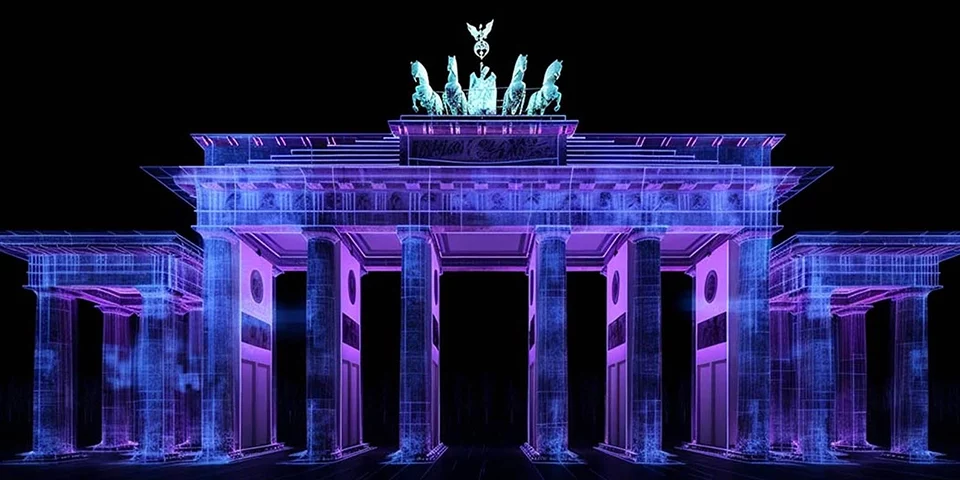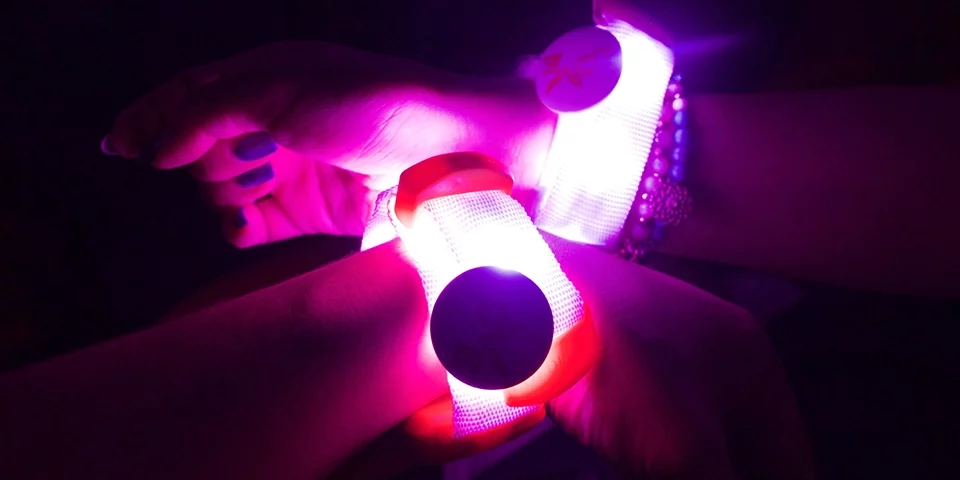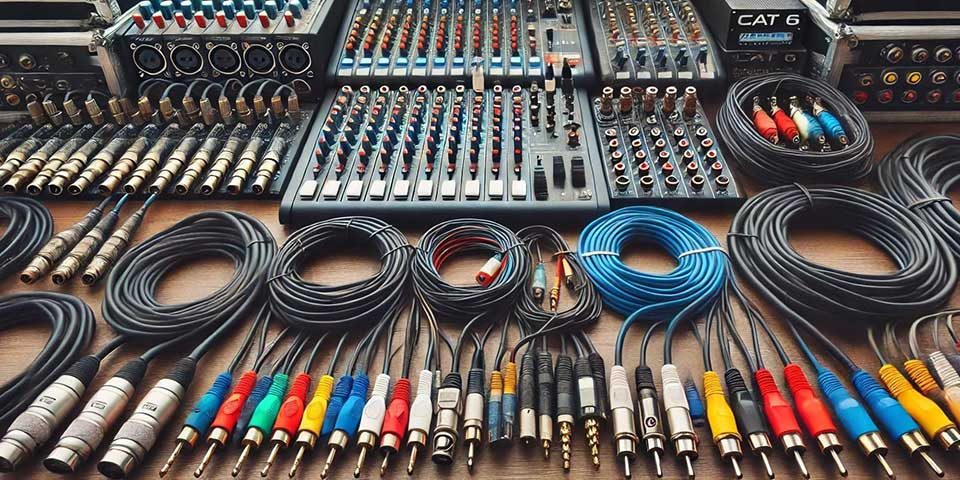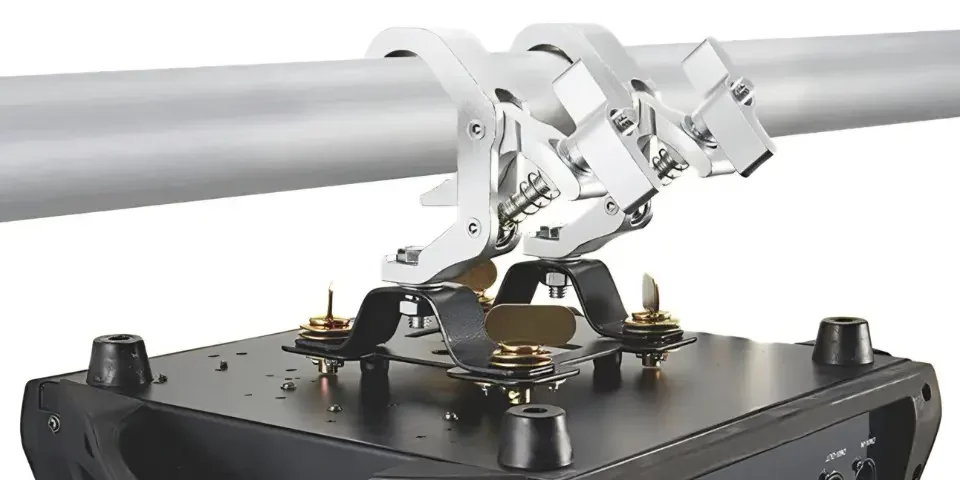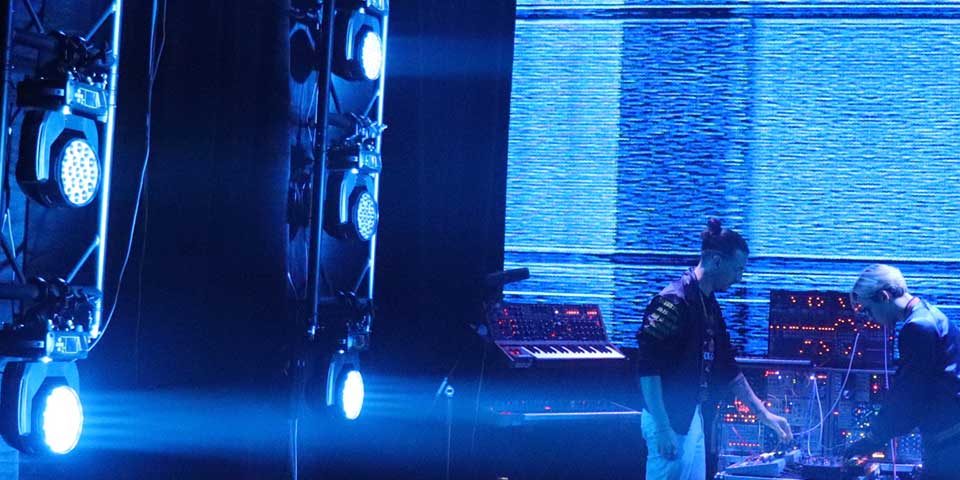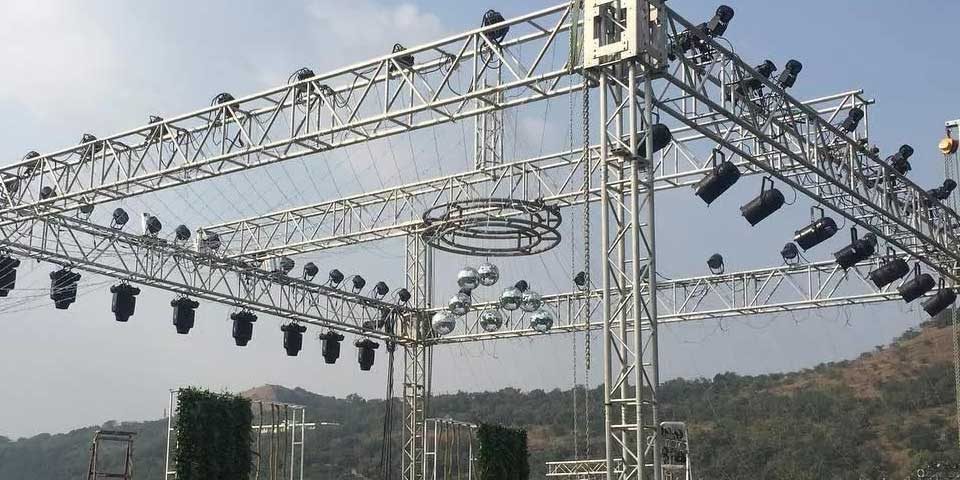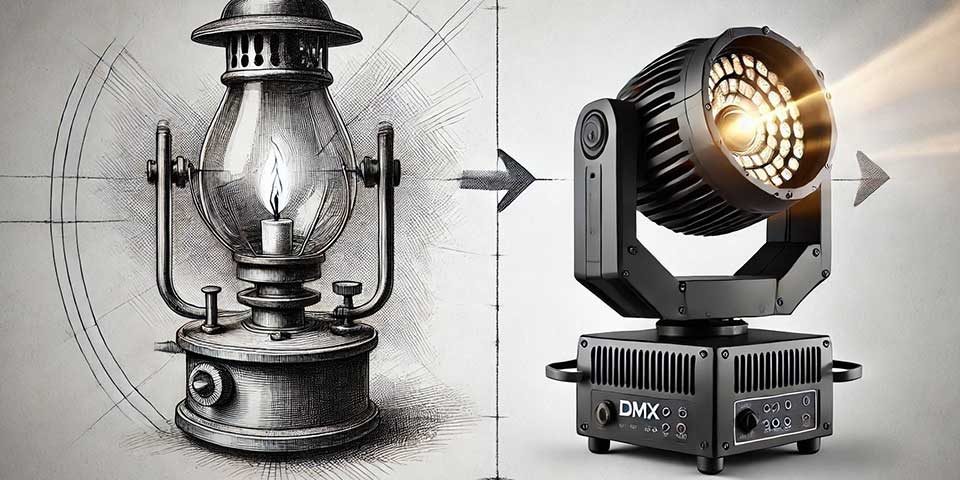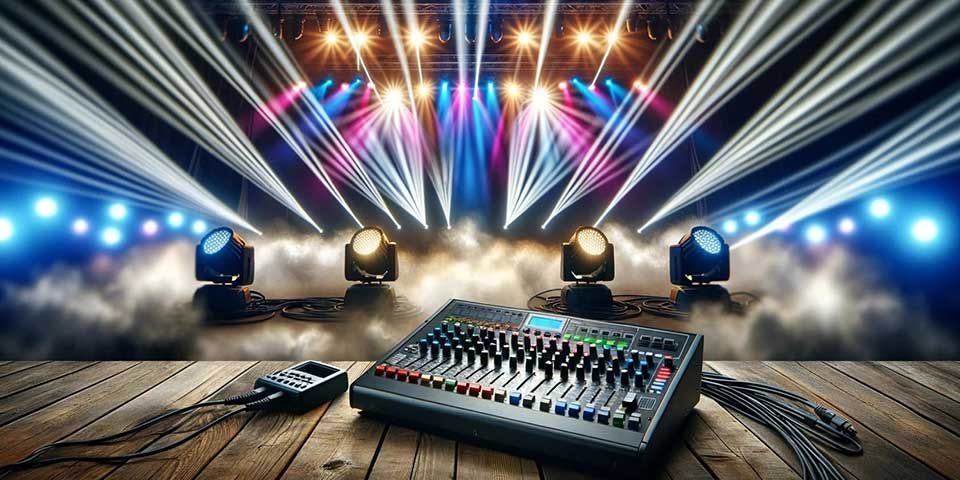
Silent Disco: The Complete Guide for Silent Party Planners & DJs
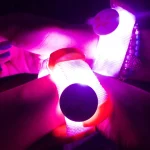
Sustainable Event Production: How Coldplay & Billie Eilish Are Reducing Their Carbon Footprint

Silent Disco: The Complete Guide for Silent Party Planners & DJs

Sustainable Event Production: How Coldplay & Billie Eilish Are Reducing Their Carbon Footprint
Holographic Projection: What The Future of Stage Lighting Looks Like
Introduction: The Role of Holographic Projection in Modern Stage Lighting
Stage lighting has evolved far beyond traditional spotlights and LED walls. Holographic projection now allows designers to create three-dimensional visuals that seem to float in mid-air. These digital effects interact with performers and stage environments, enhancing live productions.
Many associate holographic projection with projection mapping, smart lighting systems, and motion sensors. However, these technologies serve different purposes. Motion sensors enable lighting and effects to respond to movement, but they do not generate holograms. Projection mapping enhances stage visuals by aligning digital content with irregular surfaces but does not create true holographic depth. Understanding these differences helps maximize creative potential.
Understanding Holographic Projection in Stage Design
Direct Comparison: Key Features and Scenarios
Holographic projection creates 3D imagery without physical objects or screens. However, not all systems use the same principles.
True holography relies on light diffraction and interference patterns to reconstruct images. Laser-based holography records and reconstructs visuals using 532 nm green lasers or 405 nm violet lasers. While this method produces highly realistic depth perception, it remains impractical for large-scale performances due to high costs and viewing limitations.
Pseudo-holography, in contrast, uses alternative techniques to create 3D illusions. The Pepper’s Ghost Illusion reflects digital images onto stage surfaces using angled glass panels. Fan-based LED displays produce floating images through persistence of vision (POV) rather than diffraction. Projection mapping on transparent screens presents visuals on holographic mesh, enhancing perceived depth.
Most commercial holographic solutions rely on pseudo-holography rather than true volumetric projection. For example, holographic fan displays create 3D visuals but lack true holographic depth.
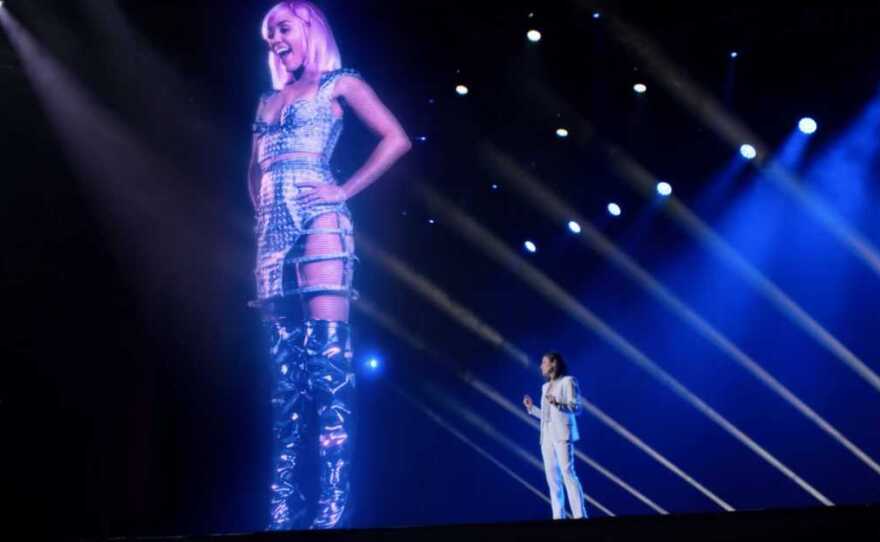
Laser-Based and Digital Holography in Stage Lighting
Laser-Based Holography in Stage Projection
Laser-based holography encodes interference patterns onto a holographic plate or spatial light modulator (SLM). When a laser illuminates the plate, the system reconstructs a three-dimensional image. This method provides realistic depth but faces challenges in cost, audience positioning, and real-time adaptation.
Although laser holography is effective in medical imaging, military simulations, and scientific research, it remains expensive for live performances. High-powered lasers require precise alignment and calibration, limiting large-scale applications.
Digital Holography and Spatial Light Modulators
Digital holography uses spatial light modulators (SLMs) to generate real-time 3D content. These devices dynamically adjust interference patterns, enabling flexible image updates. This approach offers greater scalability, real-time adaptability, and AI-assisted rendering.
However, real-time digital holography demands significant computing power. Most SLMs lack the pixel density needed for ultra-high-resolution holograms. Despite advancements, computational limitations and hardware costs remain obstacles to widespread adoption.
The Role of Projection Mapping in Holography
How Projection Mapping Enhances Holographic Displays
Projection mapping aligns digital visuals with physical objects on stage, allowing performers to interact with holographic elements. Productions like ABBA Voyage have successfully used this technique to blend digital avatars with live performances.
Stage designers must consider several factors when implementing projection mapping. Projector brightness varies based on venue size and lighting conditions. In outdoor settings, DLP projectors with at least 20,000 lumens ensure visibility, while indoor theaters may require less. 4K projection (4096×2160 pixels) improves clarity, though necessity depends on viewing distance and content. Transparent screens must balance reflectivity and contrast, ensuring projected visuals remain sharp while background elements stay visible.
To achieve precision, professionals use software like MadMapper and Resolume for projection alignment and effect enhancement.
Practical Considerations for Stage Designers
Integrating Holographic Projection into Live Performances
Successful holographic projection requires precise content development, calibration, and safety compliance. Designers must optimize 3D assets for holographic rendering while ensuring projectors align correctly to avoid ghosting.
Laser-based systems introduce safety concerns, especially with high-powered beams. Engineers must follow strict laser safety protocols to protect performers and audiences. Ventilation and cooling systems are necessary to prevent projector overheating.
Cost remains a significant factor. High-end holographic systems range from $50,000 to $500,000, depending on complexity. Smaller productions often use fan-based displays or projection-mapped transparent screens as more affordable alternatives.
The Future of Holographic Projection in Stage Lighting
Advancements in AI and Volumetric Displays
AI-driven real-time computational rendering is making holographic projection more adaptable. Innovations in volumetric displays and multi-angle holography continue to address viewing limitations. At the same time, new AI algorithms allow holographic visuals to respond dynamically to performers’ movements.
Several companies are testing AI-generated real-time holography, integrating it with motion-tracked projection mapping. These advancements provide greater interactivity, allowing live performances to blend digital and physical elements seamlessly. As the technology improves, costs will decrease, making these systems more accessible.
Conclusion
Holographic projection is reshaping stage lighting, creating new possibilities for immersive performances. True holography remains expensive, but pseudo-holographic solutions like fan-based displays and projection-mapped transparent screens offer viable alternatives.
For designers and engineers, integrating holography requires a combination of high-brightness projection, advanced content creation, and precise calibration techniques. AI-driven rendering will continue to enhance real-time adaptability, making holographic displays more accessible for future productions.

